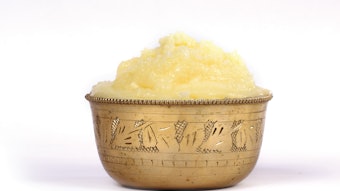
Skin reflects the health of the rest of the body—including weight. According to recent research published in the Journal of the American Academy of Dermatology, obesity and rosacea are linked. The study came about due to the lack of understanding between the two conditions.
Dietary triggers associated with rosacea breakouts have been well-documented in the past—substances such as alcohol and foods including dairy, citrus, spice and thermally hot options have been linked to breakouts. However, this research is the first cohort study on the association between obesity itself and the condition, according to the authors.
Researchers analyzed data from a number of sources: 89,866 participants included from the Nurses’ Health Study II (1991–2005), along with patient histories of clinician-diagnosed rosacea collected in 2005 with information on obesity collected biennially. In total, 5,249 cases of rosacea were identified in the researchers’ 14 years of follow up.
Three connections were identified between obesity and rosacea:
- Increased body mass index (BMI): those presenting BMI ≥ 35.0 experienced a hazard ratio of 1.48, compared to a BMI of 21.0-22.9 kg/m2;
- Weight gain: participants who gained weight after the age of 18 years trended toward an increased risk with a hazard ratio of 1.04 per 10-pound weight gain; and
- Body shape: higher waist and hip circumference, regardless of BMI.










